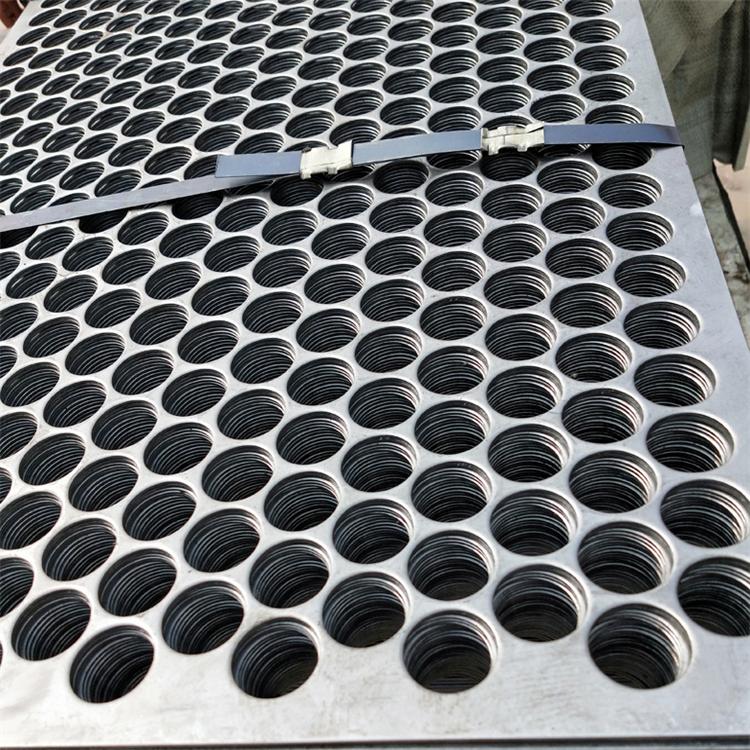Perforated sheet metal has become an increasingly prominent material in various industrial and architectural applications. Characterized by its unique patterns of holes, this versatile material not only serves functional purposes but also offers aesthetic appeal. The patterns created by the perforation process can be tailored to meet specific requirements, making perforated sheet metal an indispensable resource in modern design and engineering.
One of the primary functions of perforated sheet metal is its ability to facilitate ventilation and airflow. This is particularly significant in applications such as HVAC systems, where enhancing air circulation is crucial for maintaining optimal indoor environments. The strategically placed holes allow for the free flow of air while simultaneously filtering out unwanted particulates. This characteristic is not just beneficial for industrial use; architects and builders increasingly incorporate perforated sheets in facades and screens to regulate natural light and airflow in buildings, creating comfortable and sustainable living spaces.
In addition to functionality, the aesthetic aspect of perforated sheet metal cannot be overlooked. Designers utilize various patterns, ranging from geometric shapes to organic forms, to create visually striking elements in their projects. The interplay of light and shadow created by these perforations can transform a mundane surface into a dynamic focal point. For instance, the use of intricate patterns in public art installations or as decorative screens in interiors adds a layer of depth and intricacy, captivating viewers and enriching the overall ambiance.
perforated sheet metal patterns

Moreover, the adaptability of perforated sheets extends to materials used, such as aluminum, stainless steel, and copper. Each material offers distinct characteristics that can be leveraged to achieve specific visual or functional goals. Aluminum, for example, is lightweight and resistant to corrosion, making it suitable for both indoor and outdoor applications. On the other hand, stainless steel provides strength and a modern aesthetic, which is ideal for high-end architectural projects.
Sustainability is another significant aspect of using perforated sheet metal. Many manufacturers are now focusing on producing environmentally friendly options by utilizing recycled materials and minimizing waste during production. This aligns well with the growing commitment to sustainable practices in architecture and manufacturing. By choosing perforated metal, designers can contribute to eco-friendly projects while enjoying the benefits of a durable and stylish material.
In conclusion, perforated sheet metal patterns represent a unique fusion of functionality and aesthetics. From enhancing airflow in HVAC systems to creating stunning architectural elements, this versatile material plays a critical role across various industries. Its ability to be customized and adapted to different applications, combined with the increasing emphasis on sustainability, ensures that perforated sheet metal will continue to be an essential component in design and engineering for years to come. Whether used in industrial settings or as part of artistic expressions, the patterns created through perforation will undoubtedly inspire creativity and innovation in the realm of materials.
-
Why Galvanized Trench Cover Steel Grating Resists Corrosion
NewsJul.10,2025
-
The Versatility and Strength of Stainless Expanded Metal Mesh
NewsJul.10,2025
-
Load Calculations in Steel Grating Platforms
NewsJul.10,2025
-
Keeping Pets and Kids Safe with Chicken Wire Deck Railing
NewsJul.10,2025
-
Hole Diameter and Pitch for Round Perforated Metal Sheets
NewsJul.10,2025
-
Aluminium Diamond Mesh in Modern Architecture
NewsJul.10,2025
Subscribe now!
Stay up to date with the latest on Fry Steeland industry news.

